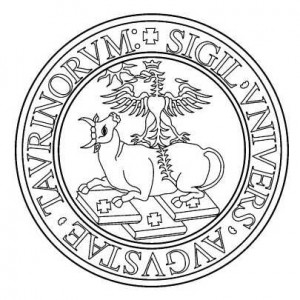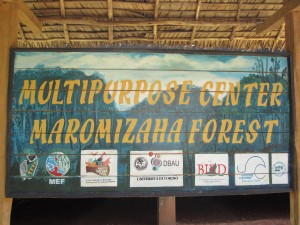
University of Torino, Italy
The Babako Team in the Department of Life Sciences and Systems Biology (DBIOS)
What We Do
Starting in 2002, the Babako Team in the Department of Life Sciences and Systems Biology (DBIOS) has promoted research projects on biodiversity and capacity building in Madagascar and Comoros, at the individual, institutional and social levels Our projects center on increasing awareness of biodiversity and developing initiatives that empower communities to increase control over their lives and take a leading role in conservation of local biodiversity.
Partnerships
The project reflects a strong international partnership led by the DBIOS in collaboration with the Department of Arboriculture and Pomology, both at the University of Torino, Italy, the University of Antananarivo (ESSA), GERP, the University of Toamasina (Gestion des Ressources Naturelles et Environnement – GRENE), the University of Comoros, and the Zoological Society of San Diego.
Visit the DBIOS WebsiteWhat Lemur Species We Study
For our academic research, we focus primarily on improving our understanding of primate phonation and vocal abilities. In these efforts, we focus on the vocal communications of indris (Indri indri) and other diurnal prosimians.
How We Support Local Communities

Understanding that conservation must have the participation and support of local people to be effective, we have worked on increasing community involvement and awareness, general education outreach, and enhancing the capacity of local conservation managers and guides.
The Primary Forest of Maromizaha
Since 2008, our activities have focused on the primary forest of Maromizaha or “rainforest of the Dragon trees” (150 km east of Antananarivo and 6.5 km from the Analamazaotra Reserve). This forest is now managed by GERP (Groupe d’Etude et de Recherche sur les Primates de Madagascar). We aim to increase effective management of this area, by cultivating positive and sustainable societal attitudes towards wildlife in the local communities.
Capacity Building
We undertake this work both by establishing small programs and by implementing capacity-building activities. For example — and in order to increase awareness and develop education outreach programs in communities close to the forest — a multi-purpose centre was built that is just 40 minutes walking distance from the major highway that links Antananarivo to Toamasina.
